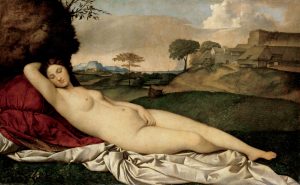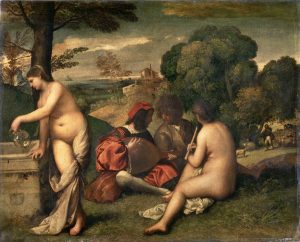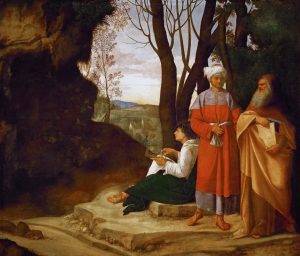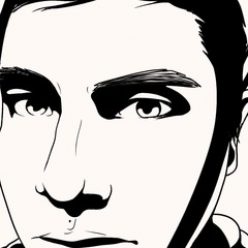Active between the years of 1478?-1510, this Italian painter was one of the more mysterious figures of the Italian Renaissance. Giorgione, or otherwise known as Giorgio Barberelli da Castelfranco, was from a small village called Castelfranco de Veneto and was a pupil of master artist Giovanni Bellini. It is believed that Giorgione died rather young at the age of either 32 or 33 due to the Bubonic Plague that swept across Europe during this time.
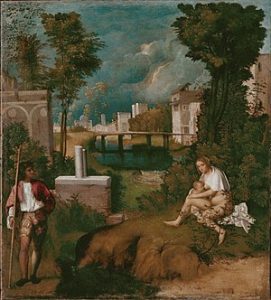
Like much of the work tied to Giorgione, this piece, known as “The Tempest”, is debated as to what exactly the painting is supposed to represent. This enigmatic direction and subject of his paintings is what makes Giorgione one of the more mysterious figures of the Italian Renaissance. But, it’s not the seemingly directionless painting that earned its prestigious status, but it was how Giorgione blended the subjects and background into one harmonious image through the use of colours and light.
“[…] the landscape before which the actors of the picture move is not just a background.” The Story of Art, pg. 329.
This innovative way of how Giorgione arranged the piece brought forth a new way of thinking of perspective in paintings.
